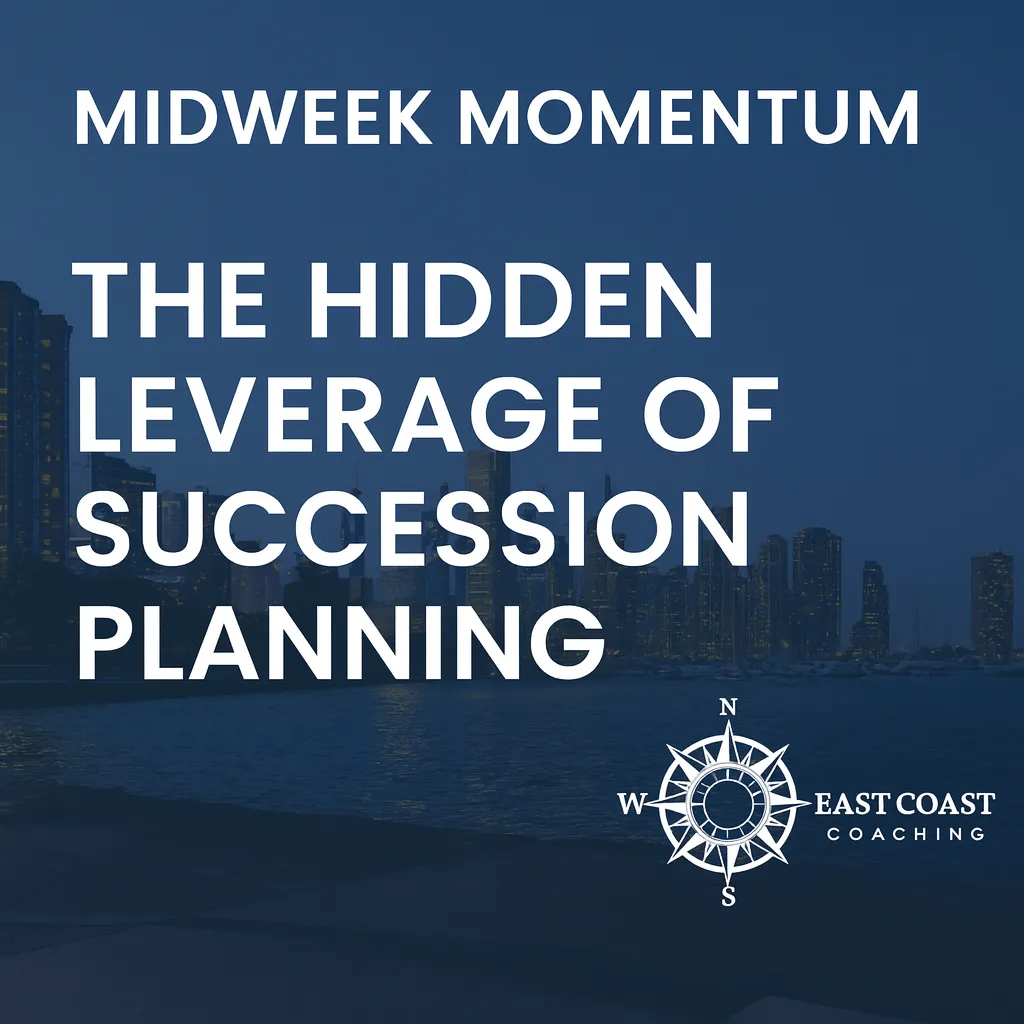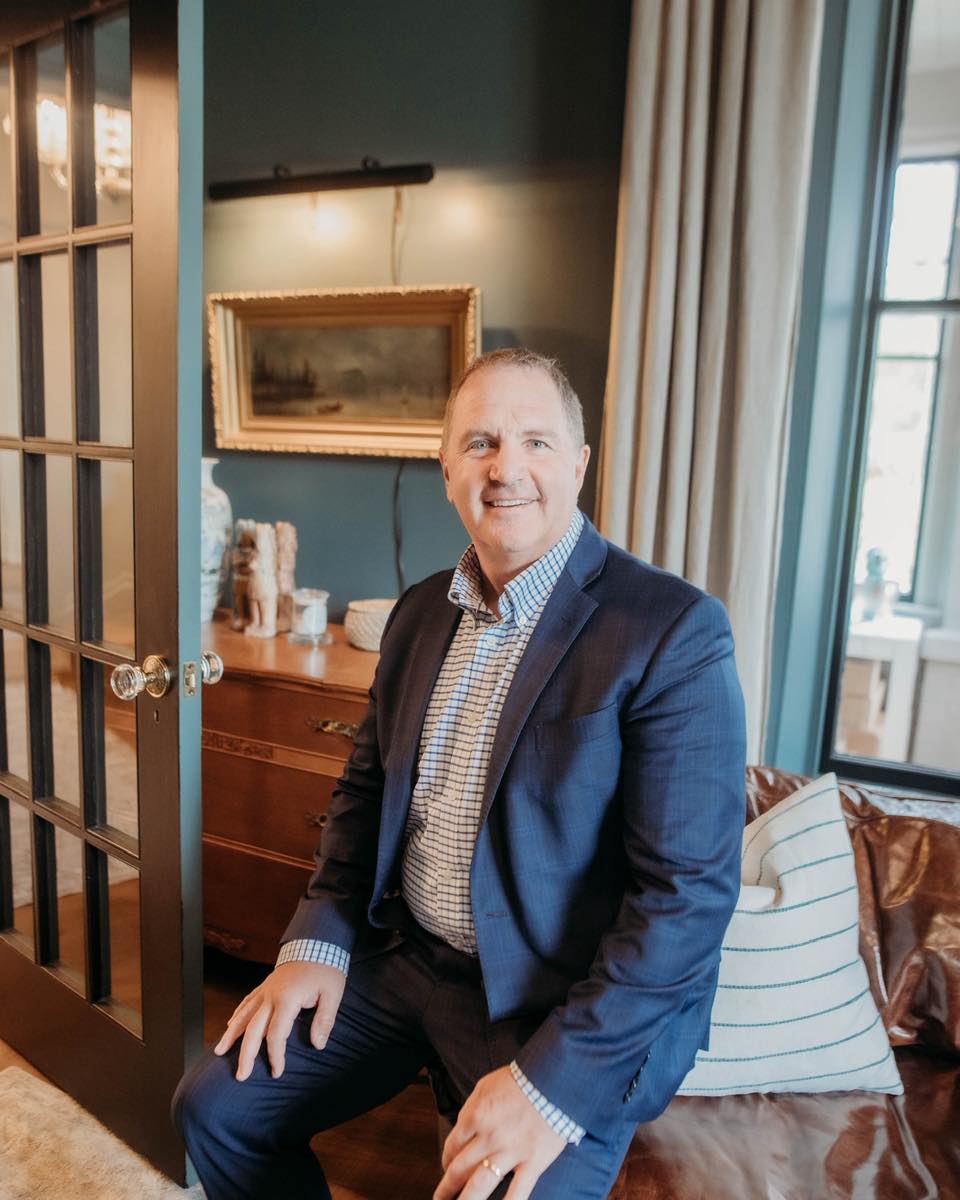
The Hidden Leverage in Succession Planning: Turning Loyalty into Legacy
In the advisory world, succession planning is one of those things everyone knows they should do, but few do well. It’s not because advisors don’t care. It’s because the focus is often on clients’ futures, not their own. The problem? When you delay your own succession strategy, you risk more than your exit. You risk the stability, value, and continuity of everything you’ve built. And when you plan it right, succession isn’t an end. It’s a growth strategy.
Why Succession Planning Isn’t Optional
The average age of a financial advisor in North America is nearing 60, yet only about one-third have a written succession plan. According to G2 Success research, firms with a clear internal succession strategy are not only more profitable, they’re also 1.5x more likely to retain clients through generational transitions. Succession is not just about retirement. It’s about business continuity, leadership development, and enterprise value.
When advisors avoid succession planning, several issues start to surface:
- The firm’s value becomes tied entirely to one person’s relationships.
- Growth stalls because leadership energy is consumed by daily production.
- Potential next-generation talent leaves, seeing no clear path forward.
But when you design a plan early, you create three forms of leverage:
1. Financial Leverage: turning business cash flow into an appreciating asset.
2. Human Leverage: transforming employees into invested partners.
3. Strategic Leverage: building a firm that runs without you running it.
Case 1: XYZ Financial - Building Ownership from Within
When the founder of XYZ Financial realized his firm had outgrown a one-person model, he decided to build a succession structure that would reward loyalty, develop leadership, and protect client trust. After four years of mentorship, two of his associate advisors, both credentialed, both managing distinct parts of the business, had proven themselves indispensable. They were producing, leading client relationships, and living the firm’s values.
Working together, we designed a multi-tranche internal succession plan that rewarded loyalty, developed leadership, and protected client trust.
The firm was operating at approximately 40% profitability, making it a healthy and scalable business.
Here’s how it worked:
The firm issued 10 shares to each associate.
Each tranche of shares was valued at $500,000 based on normalized EBITDA (Earnings Before Interest, Taxes, Depreciation, and Amortization, a key measure of a firm’s true operating profitability) and cash flow analysis.
Dividends from the firm’s profitability more than covered the annual financing required for the share purchase.
In other words, the new advisors’ dividends funded their own buy-in. It was a win on all sides: loyalty, equity participation, and business continuity.
Case 2: The Associate Buyout: A Gentle Hand-Off, Not a Hard Stop
In coaching this transition, we developed an internal buyout structure that would honor loyalty while ensuring a smooth, low-stress hand-off.
The goal was to reward 15 years of dedication while maintaining continuity and financial stability for both parties. She was loyal, highly capable, and had earned every client’s confidence. But like many next-generation advisors, she didn’t have the capital to take on significant debt.
Instead of selling to an external buyer or private equity firm, the senior advisor decided on an internal buyout that would honor loyalty while ensuring a smooth transition.
Here’s what they structured:
A 10-year payout agreement through a newly formed corporation.
The associate purchased all operating assets and client relationships through the new entity.
The senior advisor remained as a consultant for three years to assist with client transitions and maintain goodwill.
The payout was funded through the business’s ongoing cash flow, not personal financing.
This structure reduced financial pressure, maintained continuity, and rewarded 15 years of dedication. The senior advisor achieved a secure income stream without debt exposure or market volatility, while the associate gained ownership and autonomy.
Lessons from Both Models
These two stories highlight a simple truth: there’s no one way to transition a business, but there is a right mindset. Whether you’re selling shares, creating an internal buyout, or building a long-term partnership, the key lies in structure and intent.
Here are a few guiding principles for every advisor to consider:
1. Start long before you think you need to.
2. Value the business accurately.
3. Match structure to stage.
4. Protect clients through continuity.
5. Engage professional support.
The Data Behind the Decision
According to G2’s Success and Succession Study, firms that establish internal continuity pathways see:
- 2x higher staff retention
- 1.8x greater firm valuation
- Up to 30% higher EBITDA multiples at the time of transition
The message is clear: succession done well isn’t a cost, it’s a catalyst.
From Advisor to Architect
Succession planning changes everything, not just for the owner, but for the team, the culture, and the future of the firm. It turns ‘my practice’ into our business. And when done right, it builds what every advisor truly wants: a thriving firm that serves clients for generations, a team that’s engaged and invested, and a legacy that lasts.
Succession isn’t about stepping away. It’s about setting up. Start building the structure that lets your business, and the people in it, thrive without you. Because true success isn’t what happens while you’re there. It’s what continues once you’re gone.
Hi, I’m Stacy, founder of East Coast Coaching. I help financial advisors design businesses that run without running them into the ground: including the systems, people, and structures that make succession seamless. Visit our website to learn how to build a business that lasts, not just a practice that pays (https://eastcoastcoaching.com/?utm_source=blog&utm_medium=post&utm_campaign=ECC2025).


